This post may contain affiliate links. If you make a purchase by clicking on these links, I may earn a small commission at no extra cost to you. Read the disclaimer for more information.
This is day 13 of my 24 day trek through the Khumbu region of Nepal -> View all posts for this trek
It’s not easy to sleep at high altitude and I awoke in Machhermo feeling quite weary after a broken night’s sleep. It was a freezing cold morning and the water in the bucket which you use to flush the toilet was all iced over and I had to smash through it with the toilet brush to reach the water beneath. It was the sort of cold that chills you right down to the bone and no amount of clothing can really warm you up. A steaming hot bowl of porridge and a cup of coffee for breakfast helped warm me up a bit, and then the sun did the rest when I finally found it after climbing up the ridge behind Machhermo, which I had previously climbed the day before.

After the ridge the trail drops down to Pangka which consists of one lone teahouse and a few yak pastures, sitting up above the Dudh Kosi beneath the end of the moraine of the Ngozumpa Glacier. From here, I had to climb up along a narrow, rocky trail on the steep side of the mountain next to the moraine and the headwaters of the Dudh Kosi, before merging onto the edge of the moraine by crossing an icy stream. Wedged between the glacial moraine and the tall peaks above are six sacred lakes that make up the Gokyo Lakes, and I came across the first of them, Longponga Tsho, almost immediately. It is more of a pond than a lake, but is a pretty green colour and has river weed growing in it, even at this altitude.



From here the trail became fairly flat, running along a terrain of rocks and sand which have been ground up and spat out by the glacier over the years. I couldn’t see the glacier at all but knew it was there, just on the other side of the rocky moraine to my right. A short walk brought me to the next lake, Taboche Tsho, which is larger and deeper than the first, a beautiful emerald green with iced up edges. The beautiful rocky peak of Pharilapche (6017m) rose up straight from the lake with snow coming all of the way down. I sat here for some time, enjoying this beautiful sight and watching a couple of golden Brahminy Ducks paddling around in the icy water. Apparently they migrate between here and Tibet every year.

Taboche Tsho, with Cho Oyu in the background

The frozen edge of Taboche Tsho

Eventually I peeled myself away from the beautiful scene and continued my hike along the rocky trail, the sun keeping me warm and the cloudless sky and spectacular scenery keeping me in high spirits. It wasn’t long until I reached the third and largest of the Gokyo Lakes, known as Dudh Pokhari or Gokyo Tsho. The village of Gokyo sits at the head of the lake at 4750m, and has to have one of the most magical settings I have seen. All of the lodges look out over the stunning emerald green lake with sharp peaks rising high up above, straight from the water. The barren “hill” known as Gokyo Ri (5360m), which I would attempt to ascend the next day, sits to the right, the zigzagging trail looking daunting and intimidating.

Gokyo Ri rises above on the way to Gokyo

First view of Dudh Pokhari (Gokyo Tsho)

Gokyo village sits on the edge of the lake, with Cho Oyu rising above in the background. Gokyo Ri rises above on the left.


My home for the next two nights – the Gokyo Namaste Lodge
After a filling lunch of dahl bhat, I went for a wander and ascended the ridge behind the village, which is actually the moraine of the glacier. It was only a short climb, but it felt a lot harder due to the thin air, and I was out of breath as I scrambled up the rocky side of the moraine. When I reached the top, I was simple awestruck. The entire Ngozumpa Glacier stretched out before me in both directions, the largest in the Himalayas, running 20 kilometres from the foot of Cho Oyu (8201m), which I could also see in all of its glory. A cold, icy breeze blew along the valley off of the glacier. I sat on the grassy, rocky moraine and listened to the huge river of ice creak, crack and groan. The glacier is almost entirely covered in rock and gravel that it has torn from the mountain sides as it carved its way down the valley, but below me there were places where it had cracked open to reveal the inner ice, where it had melted to form lakes within the glacier itself, which had then frozen over. Behind me I had even better views of Gokyo, the lake and mountains beyond. It was like a dream. As if I was in some magical, perfect place from a fantasy, and I found it hard to believe that I was actually really there.

Ngozumpa Glacier

View along the Ngozumpa Glacier to Cho Oyu, the sixth highest mountain in the world

Looking south along the Ngozumpa Glacier to Cholatse, Taboche and Kantega

Cracks in the glacier reveal the ice beneath and frozen lakes

The view of Gokyo from the top of the moraine. Pharilapche on the left, with Gokyo Ri in the middle and Cho Oyu on the right. The Renjo La (the pass over to Thame) heads up between Pharilapche and Gokyo Ri.

View of the village and Gokyo Ri, which I would climb the next morning.

It’s hard to believe that I am here
I wandered back down to the village and then down to the lake’s edge. I could see the bottom for about a metre before it disappeared into an emerald abyss. Further over I could see two more ducks floating around lazily in the sun. My gaze took me to the opposite shore and the mountain rising straight up above it. I eyed the trail heading straight up the barren terrain of Gokyo Ri. It looked tough, but the next morning I would try to conquer it.

Yaks graze by the lake in Gokyo, with views of Cho Oyu

The late afternoon sun shines down on the lake


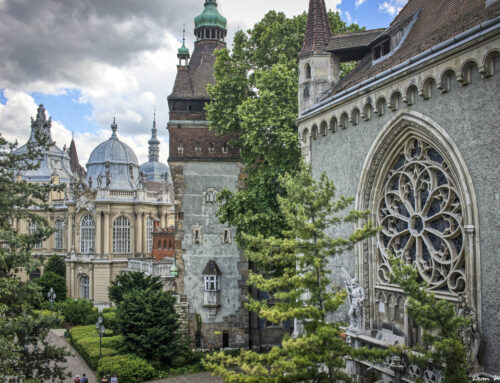
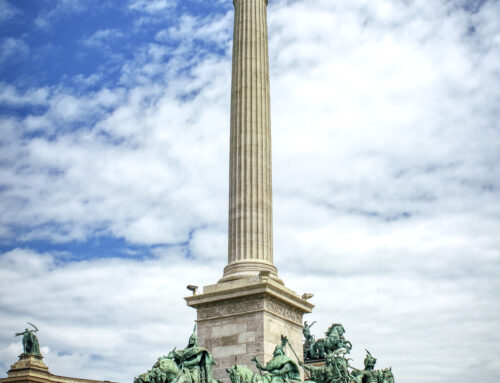
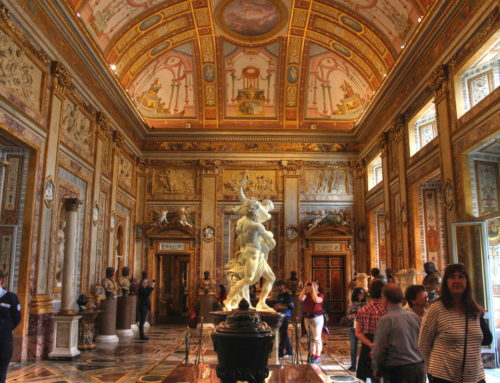
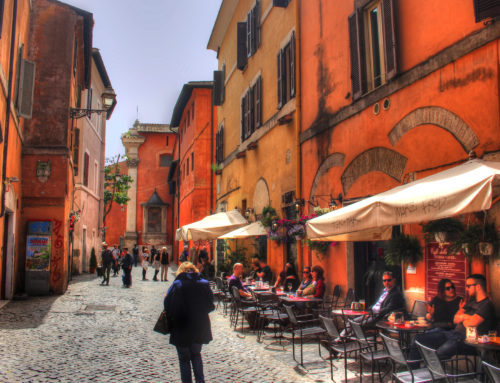
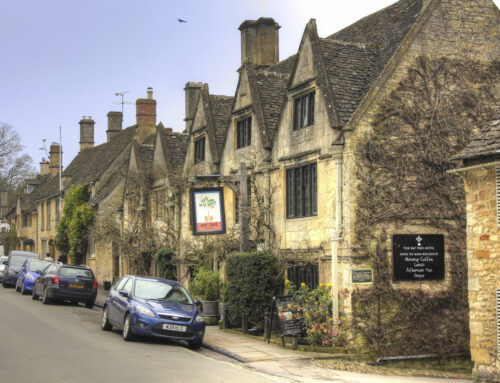
Dean, Namaste.
You are painting a great picture.
I was in Gokyo in 2011 and I am going back in 2017. I can hardly wait.
You remind me about that special cold that you experience in these mountains.
Hi Phil. That’s great that you are heading back there next year. Which trek are you thinking of doing?
Beautiful pictures! many thanks! Just 9 weeks left to my Khumbutrek. Route: Lukla- Ama Base Camp- Gokyo-Ngozumba Tze- Renjo La-Lukla. It’s 25 years ago i visited this region the first time….
Wonderful! That will be a great trip. Let me know how you go 🙂
In which part of the year have you done this trek?
I did this trek in November, a wonderful time of the year for trekking in Nepal.
I enjoyed what you had to say, and more than that, how you presented it. Too cool! thanks. US, UK and EU patients who wish to buy cannabis oil online or CBD oil online is highly recommended to buy medical marijuana and cannabis for sale from marijuana online store. see 50 Unexpected Benefits of Cannabis